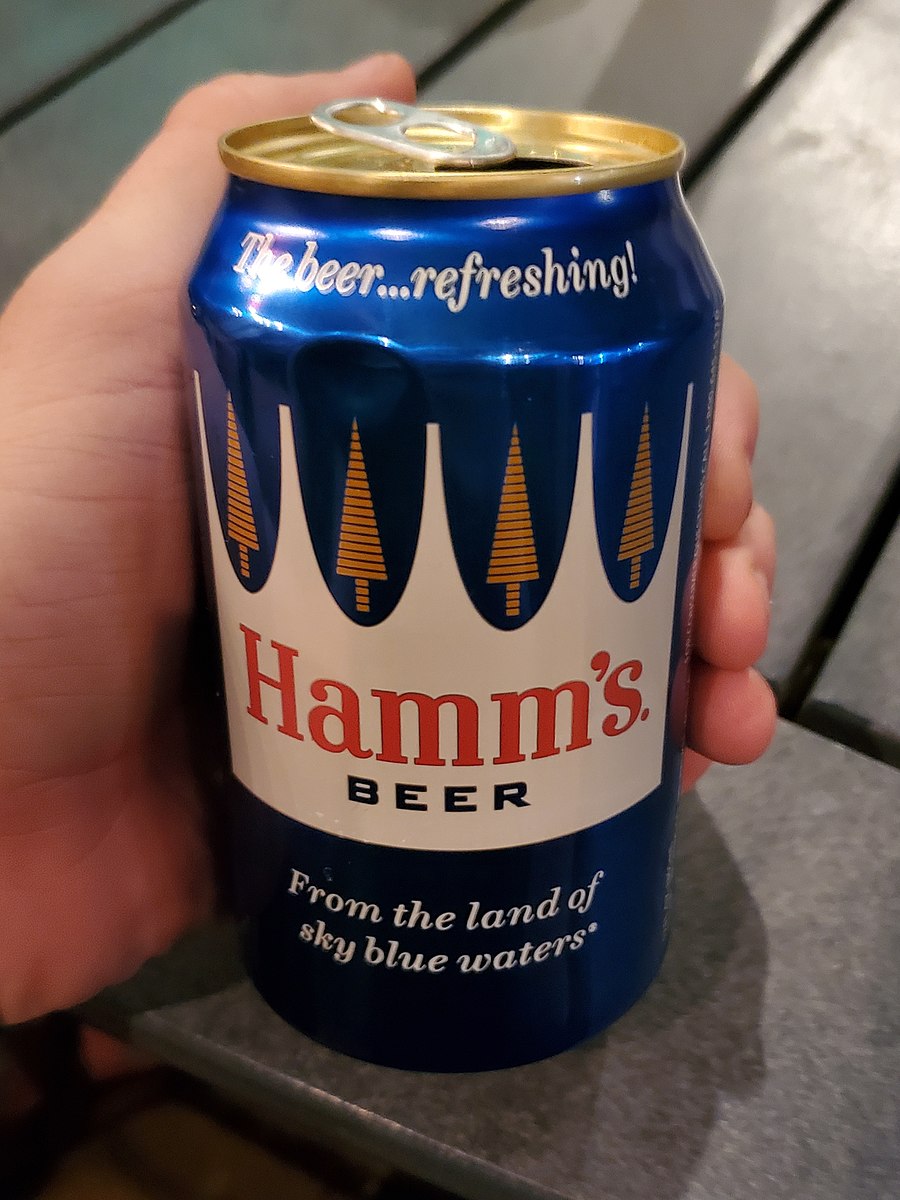MAY 25, 2023 – (Cont.) Aluminum docks are fine—if you’re installing or removing them: they’re light and easily assembled and disassembled. But I despair over the visual pollution they cause along the shoreline. On more crowded portions of the 16-mile shore around Grindstone Lake, the dominant features are white-painted aluminum docks and huge aluminum boat lifts, all for convenience but with no regard for aesthetics. The extreme case on our lake, in fact, is an aluminum dock on the shore two-and-a-half miles as the eagle flies from our dock. For about an hour before sunset on every clear day in early August, the sun strikes the shiny, frame with such blinding effect, if you look at it for more than a few seconds you’re apt to go temporarily blind.
The weathered, wooden dock that I built 20 years ago, still perfectly serviceable, now blends in so well with the shoreline as to be nearly undetectable unless you’re three or four canoe lengths away.
But there’s another reason why I’m a hold-out. Given my nearly seven decades of personal experience with the back-in-time, “dock-in” day ritual is for me a matter of nostalgia. Whenever I figure out new and improved ways of reducing the strain on my back and knees, I think of Dad’s continual effort to devise better and more efficient ways of doing things without sacrificing true-and-tried methods of overcoming other obstacles. It’s my way of channeling the person with whom I most closely associate the broader easel of Björnholm.
Recently when I transitioned from drawing board to actual dock construction, I could see and feel Dad’s presence in my own hands—the way I grasped the tools and examined lumber; my painstaking deliberations before committing the power drill or saw to the point of no return; the supreme satisfaction of solving a problem.
At $10.00 an hour, the cumulative time I’ve dedicated to the latest re-design and construction of our dock—all invisible to except to the bystander who might observe installation or removal—surely far exceeds the cost of hiring out the job. Yet, if I wanted to out-source the work, I’d have trouble finding anyone with the patience to understand the assembly. But I’ve found special pleasure in the slow approach. It’s like baking bread from scratch instead of pulling a loaf off the grocery store shelf. Sure, the store-bought bread would be cheaper, a whole lot easier and slower to go moldy, but something you make with care and patience provides far more gratification than buying a commodity.
As I worked away on the dock project last weekend, the season’s first big crop of mosquitoes were in attack mode. Neither sun nor breeze was strong enough to deter them, and my only defense was to cover myself from head to toe—including a face mask and at times even goggles. I felt as if I were a WW II Spitfire pilot fighting to save England from German bombers. Miraculously, I survived the onslaught, and the mosquitoes buzzed back to their bases.
This coming weekend, I’ll assemble the new Tinker-Toy dock system I’ve created. The German bombers will likely be back, but I’ll be fully prepared. When the fight is finished and the dock is installed, perhaps I’ll kick back inside the screen porch and enjoy Hamm’s—the beer refreshing. I’ll leave Old Crow where it belongs—caw-cawing off in the woods somewhere, but I’ll recall the good ol’ days when three Swedes—Dad, Grandpa and Carl Hanson—would raise an Old Crow toast—Skål!—to another successful “dock-in” day.
Subscribe to this blog and receive notifications of new posts by email.
© 2023 by Eric Nilsson
